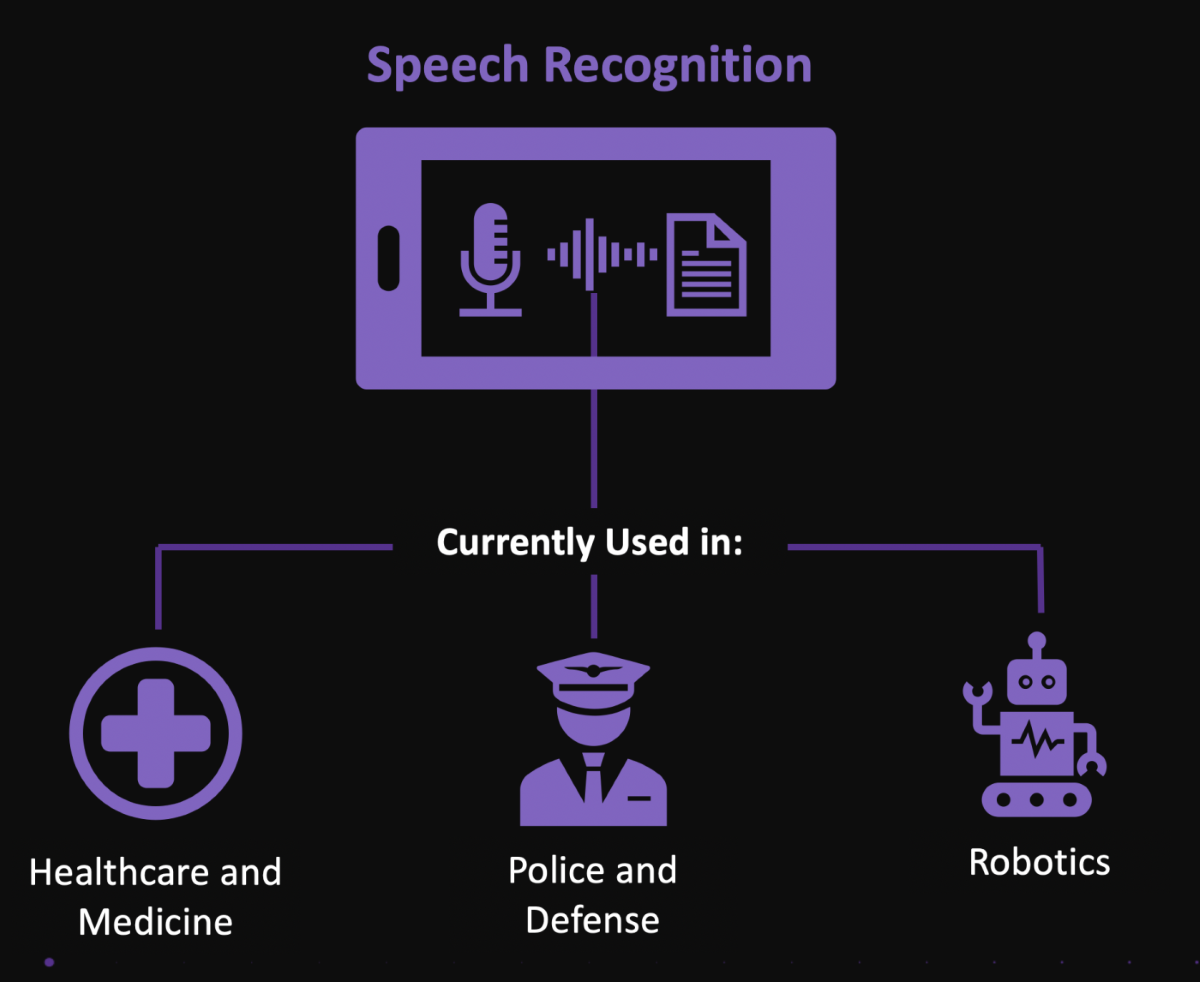NLG and speech recognition
Some AI machines are designed to analyze human speech, with all its distinct characteristics, and analyze, comprehend, and generate an automated version of linguistic activities and communication methods like a human.
NLG programs
A natural language generation (NLG) program creates language output from information in text. For example, an NLG program can extract relevant text from financial news items and other official announcements to create a pattern of stock trading that is fed into an algorithmic to make trading decision software. The more it's used the more it learns and the better decisions it makes. Most stock trading decisions on the stock market are made by machines in a fraction of a second.
Another use of NLG is classification of text. Text classification is used in the control of unwanted spam email messages. Several email providers use similar NLG-based services to look at the content of emails to understand if the mail is genuine or fake. Having a machine read your mail can also have some sinister implications.
NLG can help with:
- Searching through data, comparing, scanning, or looking for patterns
- Analyzing charts, metrics, or maps
- Computing, interpreting, and communicating performance
- Developing recurring reports
- Opening multiple screens or referring to different applications

Speech recognition
Speech recognition is a technology that captures natural conversation used by humans and converts it into instructions to perform a given task. There are many uses for speech recognition beyond helping an individual user. Speech recognition can be used in industries like healthcare where it assists in medical diagnosis. In the defense industry, speech recognition aids with voice activated aircraft systems and robotics on the factory floor.

Virtual agents
The days of the customer always speaking to a human assistant is a thing of the past. Today, with the help of artificial intelligence and machine learning, virtual assistants, also known as bots, are designed to assist with specific and customized responses to customer questions.
From maintaining a call center to catering to various business functions such as finance, accounting, HR, and IT helpdesk, virtual agents take care of complex situation-based query solving.